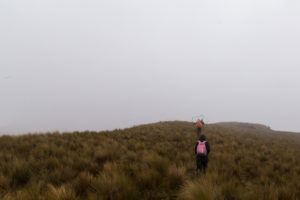Usage
For each protocol, we provide a short overview of the equipment and running costs, installation and maintenance effort, knowledge-needs, and the type of measurements conducted. Note that this overview is to a certain extent country-, habitat-, and project-dependent (i.e. costs differ between countries, knowledge-needs for species identification might differ between a rainforest and a temperate bog, etc.).
We give a short summary of the ecological background and its relevance to terrestrial climate-change studies. We succinctly describe What and how to measure, providing sufficient detail to ensure reproducibility, and provide a reference list with more extensive literature on each method. We describe a Gold standard, that is the optimal measurement irrespective of economic, technical, and practical constraints, and (if applicable) a Bronze standard, that is the minimal requirement for data of adequate quality which can be advisable in specific situations.
In the section on Special cases, emerging issues, and challenges, we explain how the method can be adapted in specific cases and provide guidance on relevant challenges and opportunities.
 We further provide an extensive list of key references on the underlying theories, assumptions, and applications of each method in the section on Theory, significance, and large datasets, as well as under More on methods and existing protocols. These references may be especially useful for students, early-career scientists, or research teams getting started in setting up new studies, and more generally for readers interested in exploring the wider literature related to a specific ecological response variable.
We further provide an extensive list of key references on the underlying theories, assumptions, and applications of each method in the section on Theory, significance, and large datasets, as well as under More on methods and existing protocols. These references may be especially useful for students, early-career scientists, or research teams getting started in setting up new studies, and more generally for readers interested in exploring the wider literature related to a specific ecological response variable.